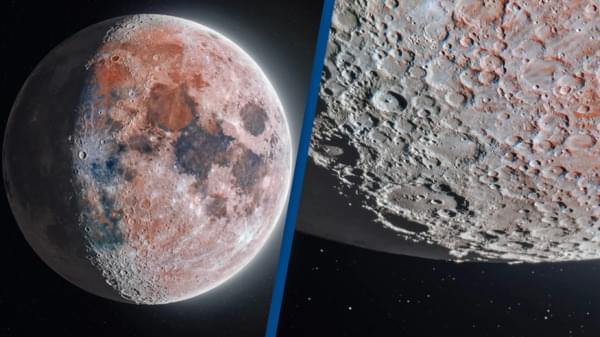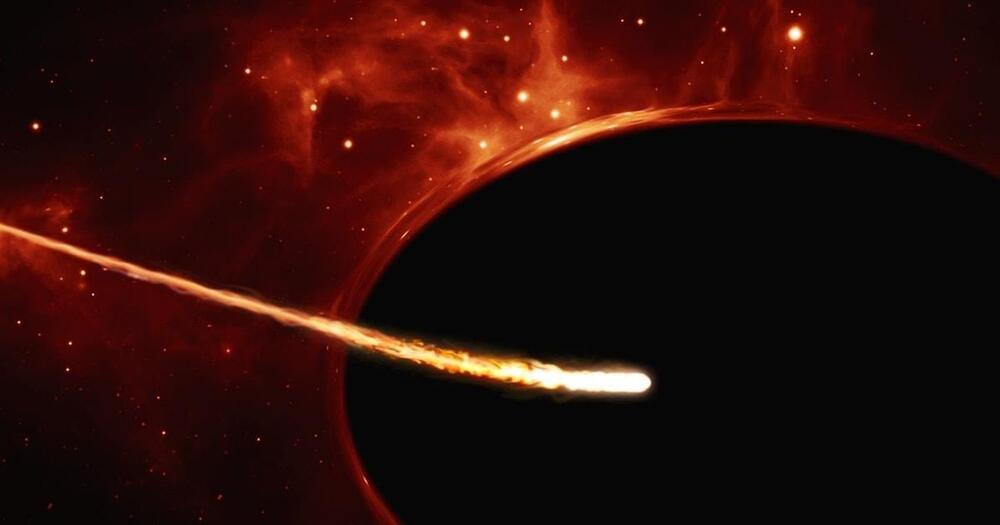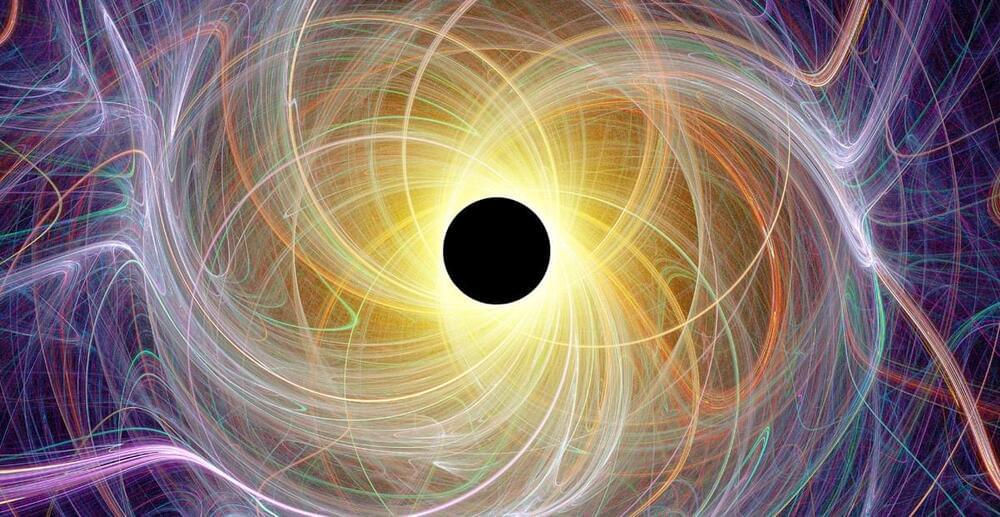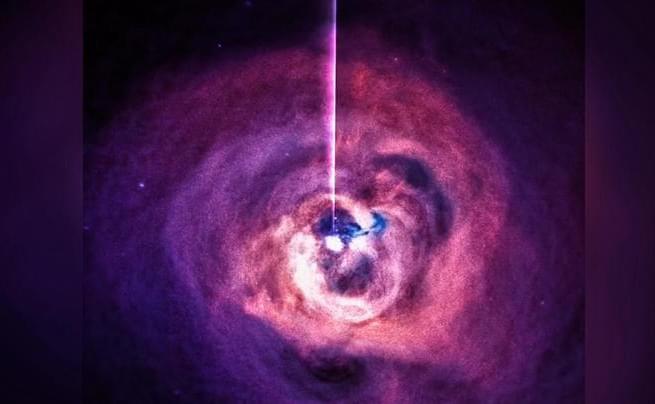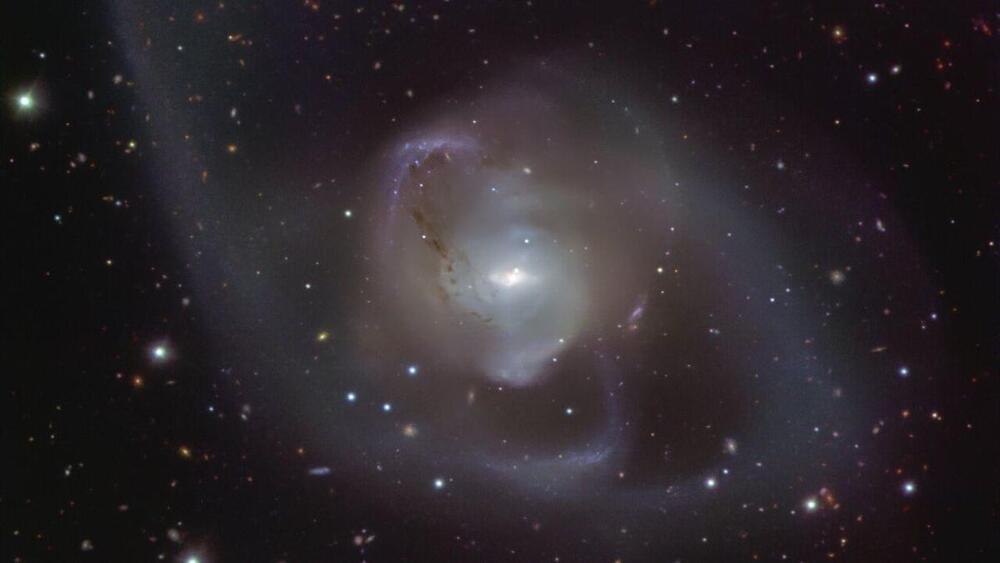Unlike the plethora of high-res cosmic photography we’ve been blessed with this year, this breathtaking snap doesn’t come from the James Webb telescope but instead, it comes from two astrophotographers who met each other on Reddit.
Stargazers Andrew McCarthy and Connor Matherne first connected on Reddit and then Instagram several years ago after becoming mutual fans of each other’s work.
McCarthy is renowned in his field for his incredibly detailed photographs, taking tens of thousands of photos and stitching them together in a ‘mosaic’ fashion to create incredibly detailed and precise images of his subjects.
